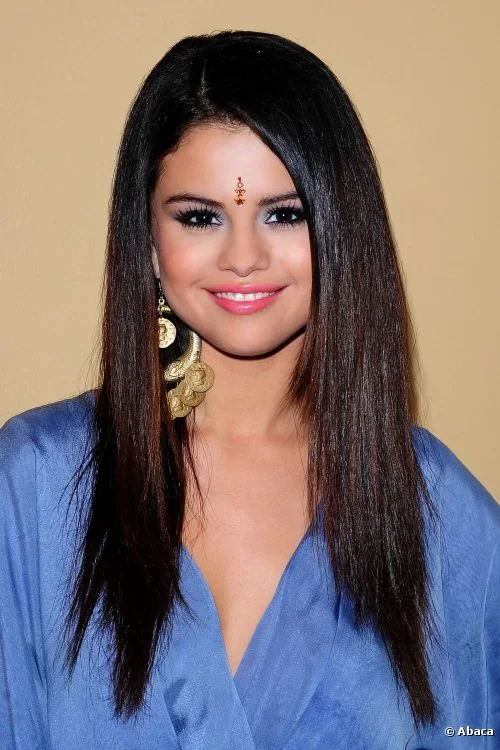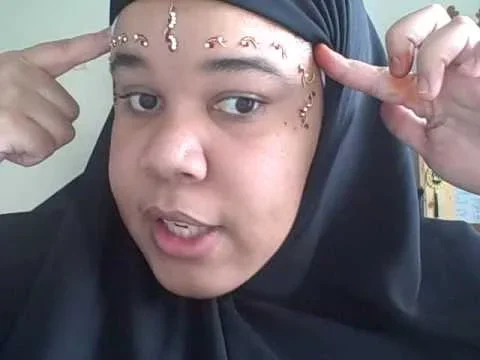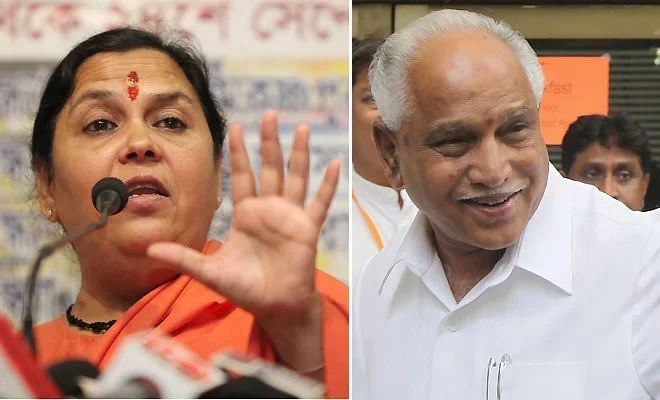prasad1
Active member




Uma Bharati Selena Gomez A muslim women Sakshi Dhoni
A week after receiving backlash for wearing a bindi during her MTV Movie Awards performance, Selena Gomez is addressing the controversy.
During an interview with Elvis Duran on the Z100 morning show, the "Come and Get It" singer described the inspiration behind her Bollywood-themed performance.
"I think the song has that Hindu, tribal feel and I wanted to translate that," Selena explained. "I've been learning about my chakra and bindis and the culture ... It's beautiful."
Some might argue that Selena isn't fully aware of the symbolism of the bindi. One critic was Rajan Zed, leader of the Universal Society of Hinduism, who explained how Selena's use of the bindi conflicts with its traditional purpose.
Is there any religious significance of Bindi?
Can a sanyasin wear one?
Can a muslim women wear one?
Can a married hindu women not wear one?
Why is it any different from any other makeup?
Attachments
Last edited:






